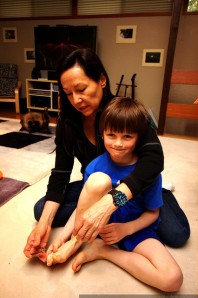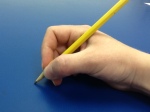Choosing the Right Coloring Pages
Many of the children we see in our clinics struggle with coloring skills. Whether the difficulty is rooted in poor fine motor control, visual perceptual skills, attention or regulation, it is common to see a child begin coloring a page with good intentions, then end up scribbling or abandoning the task. We are careful to present the children with a coloring page with a “just right challenge”, but there are an abundance of free printable coloring pages online. Here are some of the things we look for.
- Choose a topic or character your child is interested in. He may be more motivated to color a picture of a Lego Ninjago character than a holiday themed page.
- Look for bold outlines. Children who have difficulty with the motor control necessary to efficiently direct their crayon will benefit from the extra “wiggle room” between sections, while children with visual perceptual difficulties may be able to better identify different areas of the picture.
- Find pages with little or no background detail at first. Check out the difference between these two images. Both are Lightning McQueen, but a child with decreased attention or ability to maintain a regulated state may give up on the more detailed picture before it is finished.
- Encourage your child to choose one area at a time to fill in. If your child needs help to stay organized, ask questions like “What color should his tires be?” Praise your child for his effort and make some room on the refrigerator for the masterpiece.
























Written
on October 3, 2013